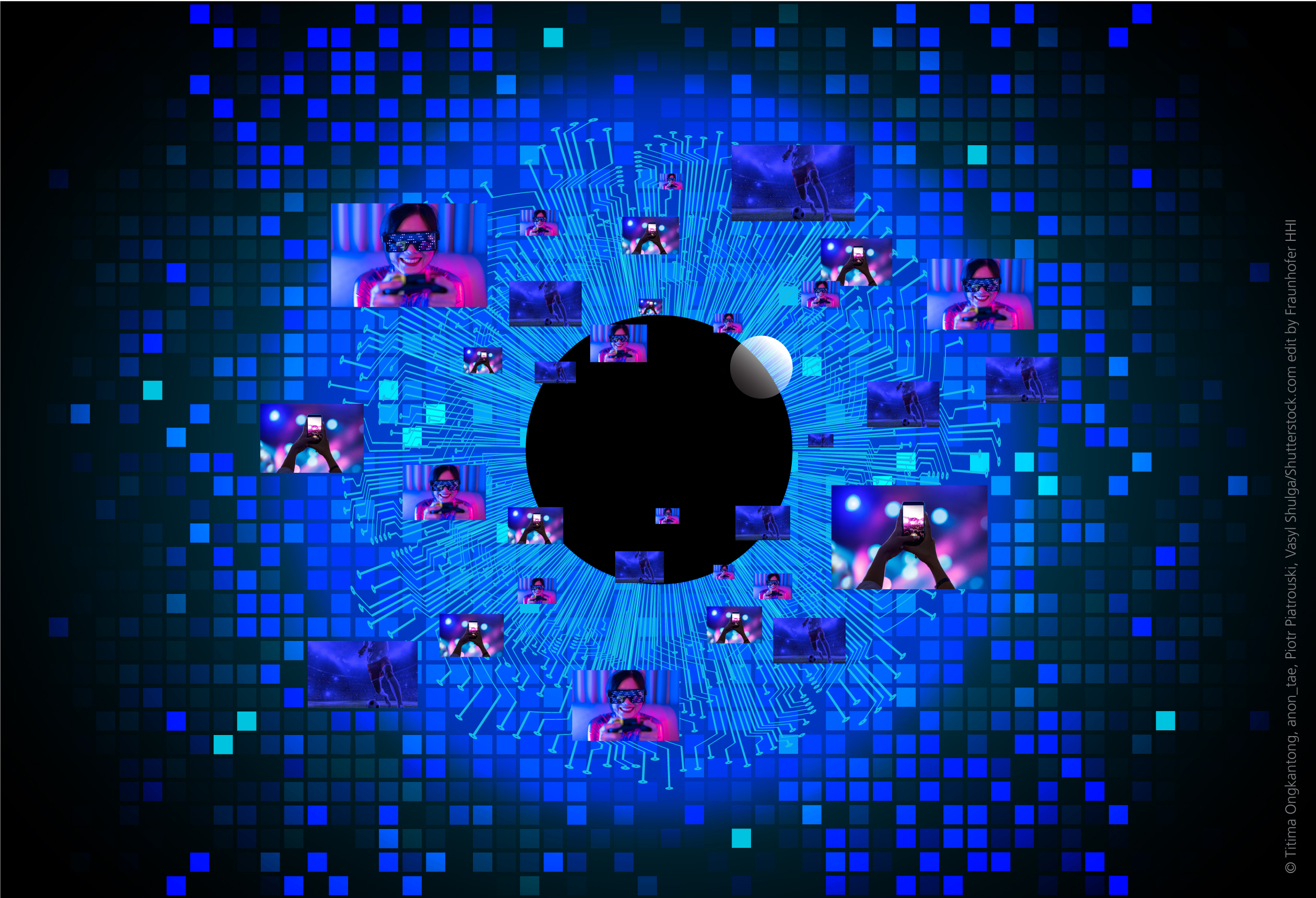
A growing number of videos are being streamed and sent electronically. The new Versatile Video Coding (VVC) compression standard is designed to manage this flood of data while offering excellent image quality. There are already open source encoders and decoders available for this new standard.
A child’s first steps, a new puppy, scenes from a beach vacation – more and more often now, people are choosing to send videos – rather than photos – to their friends and family. At work, due in part to the COVID-19 pandemic, video conferences have replaced many phone calls and in-person meetings, while at home, people often elect to spend their evenings on the sofa streaming their favorite series rather than submitting to predefined television broadcasting schedules. And, of course, videos are a fundamental part of the gaming world, too. Managing this mounting tide of video data requires a continuous supply of new compression technology.
The new, international VVC video standard
The latest international video data compression standard is called H.266 or VVC, which is short for Versatile Video Coding, and Fraunhofer HHI played an integral role in its development. VVC requires only half the bit rate of its predecessor to achieve the same level of quality. The new standard is particularly important for ultrahigh resolution 8K videos and 360-degree videos in virtual reality applications. In fact, VVC yields a wide array of opportunities for many kinds of applications.
Encoders and decoders as open source software
Take cloud video streaming and video processing, for example. When you are streaming a video, your video normally stops playing if the network no longer has the necessary bandwidth to accommodate the stream. With “adaptive streaming,” on the other hand, your video continues to play with reduced image quality. To allow for adaptive streaming, videos in the cloud are encoded and uploaded in different bit rates and resolutions, and the best version is selected and streamed based on the end user’s current available bandwidth. This is where the new standard truly shines. To pave the way for VVC to enter the media landscape, Fraunhofer HHI developed the VVenC open source encoder, which is optimized specifically for cloud applications. The VVenC encoder already won an Open Source Award at the IEEE International Conference on Multimedia and Expo (ICME) 2021. It is currently being tested by the German public broadcaster WDR and the multimedia technology company Bitmovin. In short, just 18 months after the standard was developed, the technology needed for VVC encoding is already available on the market.
As for decoding, the first chips designed to be installed in end devices are scheduled for market release by the end of 2021. Until this hardware solution becomes widely available, the VVdeC developed by Fraunhofer HHI serves as a software-based VVC decoding solution. The VVdeC source code is available for free and can be integrated into web browsers and other applications.
"We are honored Fraunhofer Heinrich Hertz Institute has chosen to work closely with Bitmovin to integrate the new VVC codec into our Bitmovin Encoding solution,” said Stefan Lederer, CEO Bitmovin.
Contact:
Benjamin Bross, HHI, phone (+ 49) 30 31002 622